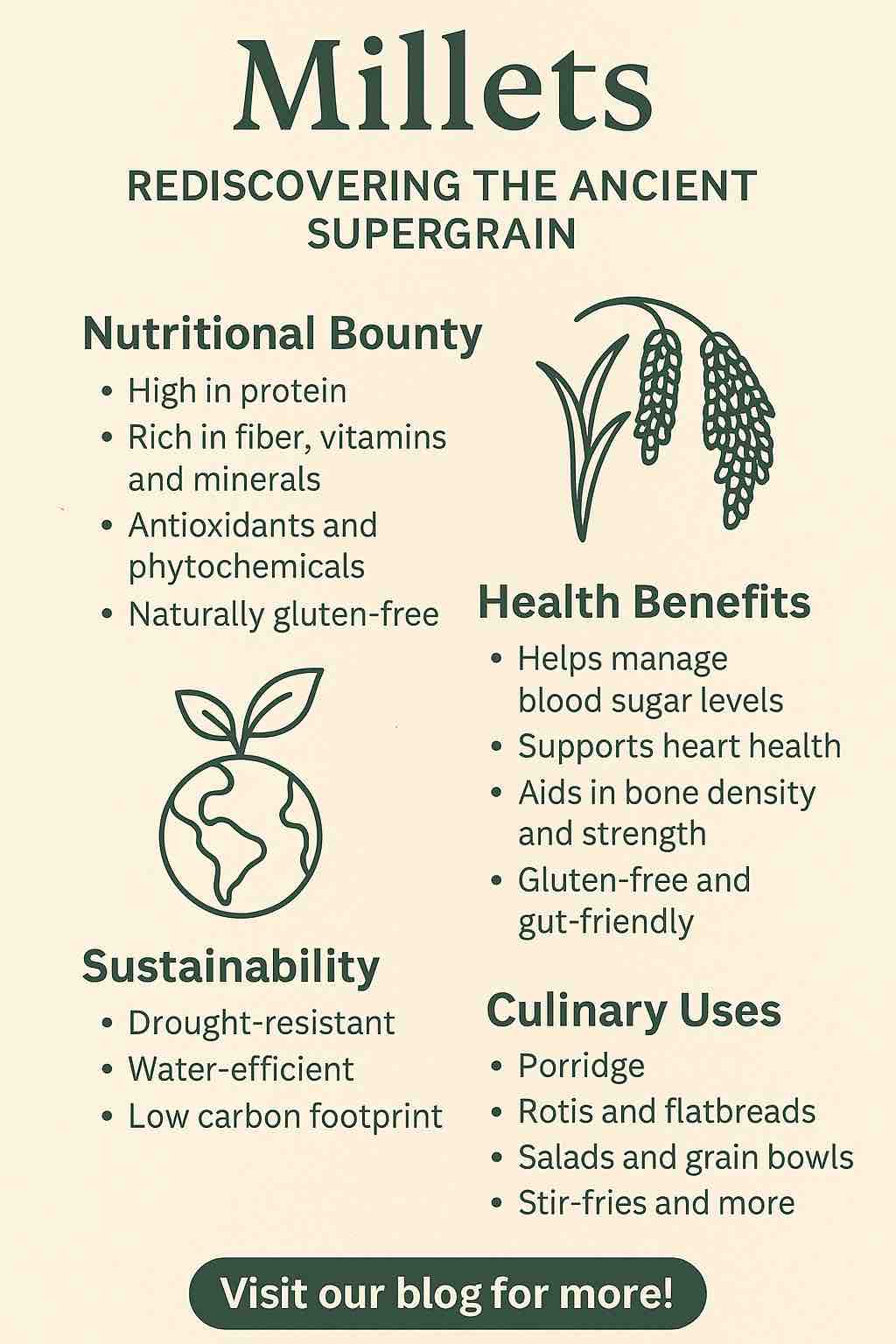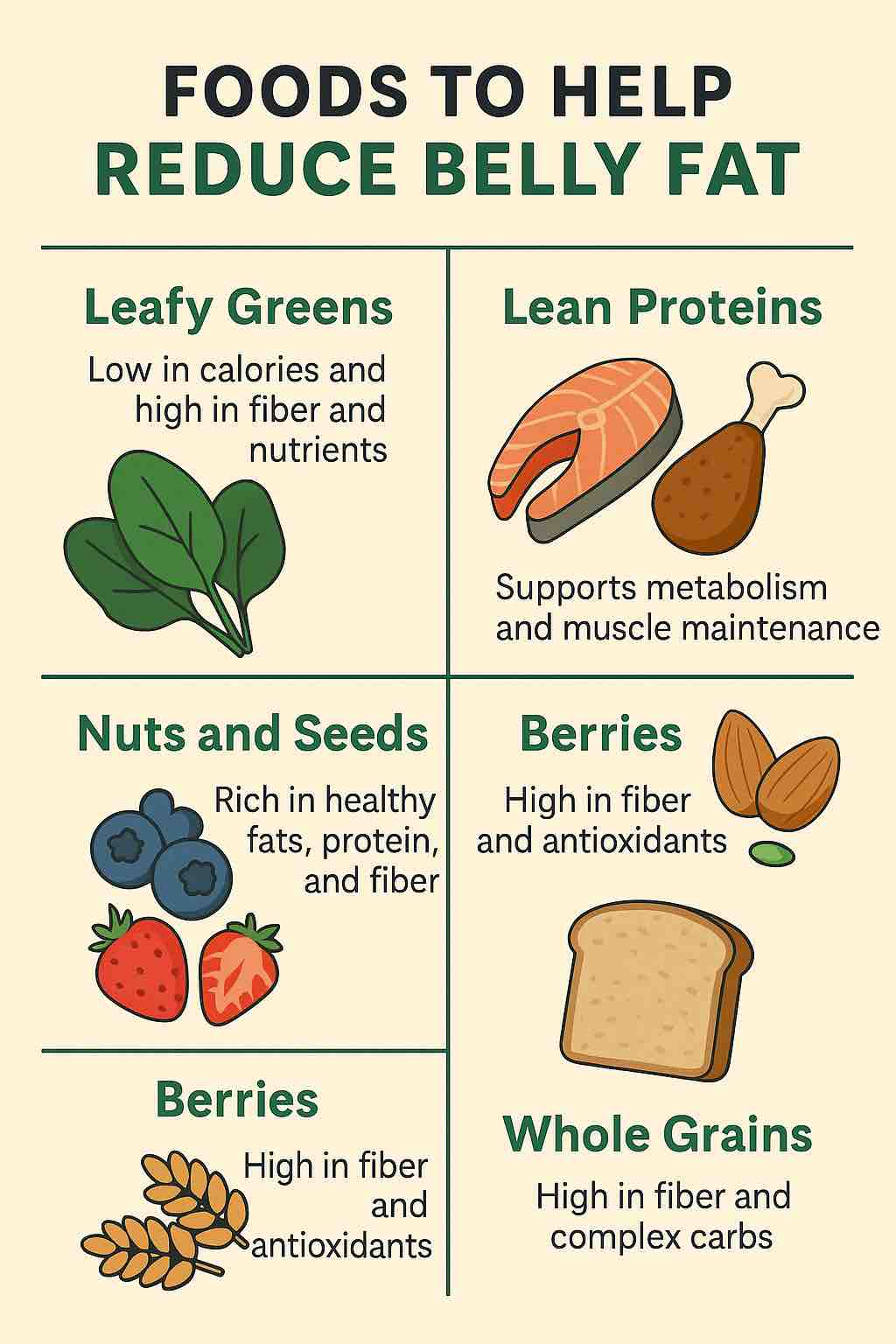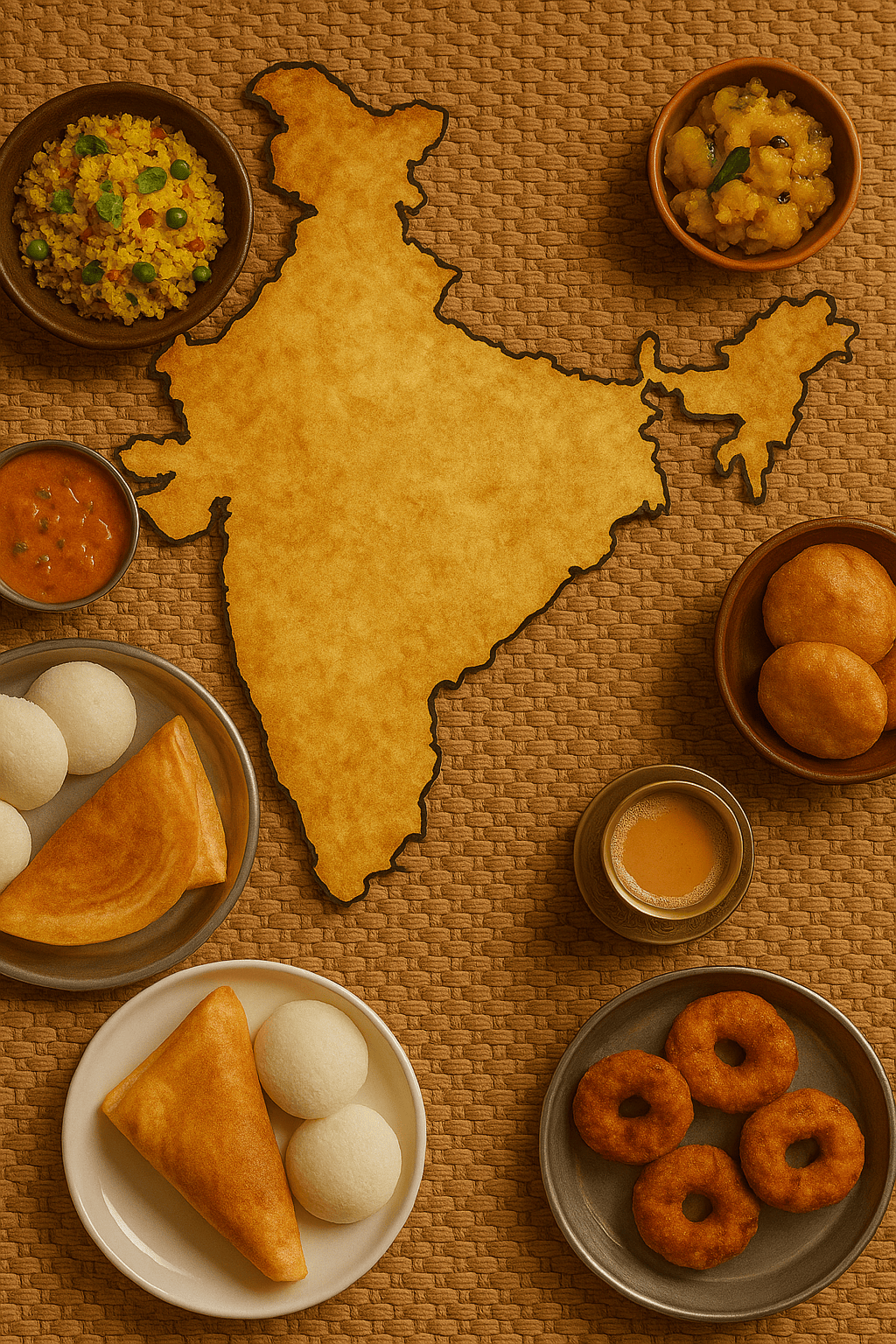
Vitamin A is a powerhouse nutrient, often overlooked but essential for our well-being. While many vitamins contribute to overall health, Vitamin A stands out with its dual role in supporting both our vision and immune system. By understanding how Vitamin A works, where to find it, and how it benefits the body, you can harness its full potential and enjoy a healthier, more vibrant life.
Let’s dive into the world of Vitamin A, exploring its many facets and why this vitamin is so vital for our health.
What is Vitamin A?
Vitamin A is a fat-soluble vitamin that comes in two primary forms:
- Preformed Vitamin A (Retinol): Found in animal products like liver, dairy, and fish, this form of Vitamin A is ready for the body to use immediately.
- Provitamin A (Carotenoids): Found in plant-based foods such as fruits and vegetables, carotenoids (like beta-carotene) must be converted into retinol by the body.
Both forms of Vitamin A serve important functions, but they work in slightly different ways depending on whether they come from animal or plant sources.
Vitamin A and Its Key Benefits
1. Enhancing Vision
One of the most well-known benefits of Vitamin A is its crucial role in maintaining good vision, particularly in low-light conditions. Here’s how it works:
- Night Vision: Retinol is a key component of rhodopsin, a pigment found in the retina of the eye. Rhodopsin allows us to see in dim lighting. Without sufficient Vitamin A, rhodopsin cannot form properly, leading to night blindness. People with a deficiency may have trouble seeing in low-light environments, a condition that can be improved with proper Vitamin A intake.
- General Eye Health: Vitamin A supports the overall health of the cornea (the eye’s surface), and it is essential for keeping the eye moist and protected. This helps prevent conditions like dry eye syndrome and protects against long-term eye diseases, including age-related macular degeneration (AMD), a leading cause of vision loss in older adults.
- Prevention of Cataracts: Cataracts, which cause the clouding of the lens in the eye, can be slowed down or prevented with adequate Vitamin A. Studies show that the antioxidant properties of Vitamin A, especially when combined with other vitamins like Vitamin C and E, can help prevent or delay the development of cataracts.
2. Boosting Immunity
Vitamin A is indispensable when it comes to maintaining a strong immune system. Its impact on immunity is multi-faceted:
- Barrier Protection: Vitamin A helps maintain the integrity of the skin and mucosal membranes (found in the respiratory, digestive, and urinary tracts). These barriers act as the first line of defense against infections, protecting the body from harmful pathogens.
- Immune Cell Function: Retinol also plays a role in the production and activity of various immune cells, such as T-cells, B-cells, and macrophages. These cells are vital in identifying and eliminating foreign invaders, like bacteria and viruses, ensuring the immune system functions efficiently.
- Fighting Infections: A deficiency in Vitamin A is associated with increased susceptibility to infections, particularly respiratory infections, diarrhea, and measles. People with low Vitamin A levels are at higher risk of severe illness or complications from these conditions. Studies have shown that supplementing Vitamin A in deficient populations significantly reduces mortality rates from infectious diseases.
3. Supporting Healthy Skin
Vitamin A is well-known for its benefits to skin health. Whether in the form of topical treatments or dietary intake, Vitamin A helps to:
- Promote Skin Regeneration: Retinol stimulates the production of new skin cells, which helps to keep the skin healthy and vibrant. This regenerative property is why Vitamin A is often used in skincare products to combat acne, reduce fine lines, and improve skin texture.
- Maintain Skin Integrity: Vitamin A also helps in the formation of collagen, a protein that supports the structure of the skin, helping to keep it firm and resilient.
- Treatment of Skin Conditions: Topical Vitamin A derivatives like retinoids are commonly prescribed for treating conditions such as acne, psoriasis, and eczema, thanks to their ability to regulate skin cell turnover and reduce inflammation.
4. Supporting Reproductive Health
Vitamin A plays a significant role in both male and female reproductive health. It is involved in the development of sperm in men and the regulation of menstrual cycles and the formation of the placenta in women. Adequate Vitamin A levels are necessary for fertility and the health of a developing fetus, as it aids in cell differentiation and organ development during pregnancy.
5. Antioxidant Properties
Like other fat-soluble vitamins, Vitamin A also acts as an antioxidant, protecting cells from oxidative stress and free radicals. Free radicals are unstable molecules that can damage cell structures, contributing to aging and the development of chronic diseases, including cancer. By neutralizing these free radicals, Vitamin A helps protect cells and tissues throughout the body, contributing to overall health and longevity.
Sources of Vitamin A
Vitamin A can be found in a variety of foods, both from animal and plant sources. By incorporating these foods into your diet, you can ensure you’re getting a sufficient amount of this vital nutrient.
Animal Sources (Preformed Vitamin A):
- Liver (beef, chicken, or fish liver) – One of the richest sources of Vitamin A.
- Eggs – Particularly the yolks, which contain a good amount of Vitamin A.
- Dairy products – Milk, cheese, and butter are all excellent sources.
- Fish – Fish like salmon, tuna, and mackerel provide a good dose of Vitamin A.
Plant Sources (Provitamin A Carotenoids):
- Carrots – Known for their high beta-carotene content, which the body can convert into Vitamin A.
- Sweet Potatoes – Another powerhouse of beta-carotene.
- Spinach and Kale – Dark leafy greens are rich in carotenoids.
- Mangoes – A delicious tropical fruit that provides both Vitamin A and Vitamin C.
- Red and Yellow Bell Peppers – High in beta-carotene and other antioxidants.
- Cantaloupe and Apricots – These fruits offer a generous amount of Vitamin A.
How Much Vitamin A Do You Need?
The recommended daily intake of Vitamin A varies depending on age, sex, and life stage. For most adults, the recommendations are:
- Men: 900 micrograms (mcg) of retinol activity equivalents (RAE) per day.
- Women: 700 mcg RAE per day.
Pregnant and breastfeeding women may need more, while children and adolescents have lower requirements. It’s always important to check with a healthcare professional to understand your personal needs, particularly if you are considering supplementation.
The Risks of Vitamin A Deficiency
Vitamin A deficiency is surprisingly common in some parts of the world, particularly in developing countries. When the body doesn’t get enough Vitamin A, it can lead to:
- Night Blindness: Difficulty seeing in low light or total darkness.
- Increased Risk of Infections: A weakened immune system makes it easier for infections to take hold.
- Skin Problems: Dry, flaky skin and an increased risk of acne.
- Reproductive Issues: Infertility or complications during pregnancy.
In severe cases, prolonged deficiency can lead to blindness and death, particularly in children.
The Risks of Excessive Vitamin A
While Vitamin A is vital for health, it’s also possible to have too much of a good thing. Excessive intake of Vitamin A, especially from supplements, can lead to toxicity. Symptoms of Vitamin A toxicity include:
- Nausea and vomiting
- Dizziness and headaches
- Blurred vision
- Bone pain and weakness
- Liver damage (in extreme cases)
The body’s tolerance for Vitamin A varies, so it’s essential to consume it in appropriate amounts.
Conclusion: A Key to Vitality
Vitamin A is more than just a nutrient for your eyes. It is a cornerstone of your immune system, skin health, and overall vitality. By understanding how this powerful vitamin works and ensuring you get enough from your diet, you can take proactive steps to protect and enhance your health naturally.
Remember, balance is key. Aim for a diet rich in both animal and plant-based sources of Vitamin A, and enjoy the numerous benefits that come with this remarkable nutrient.
10 Frequently Asked Questions (FAQs) about Vitamin A
1. What is Vitamin A and why is it important?
Vitamin A is a fat-soluble vitamin that plays a crucial role in maintaining healthy vision, boosting immunity, supporting skin health, and promoting cell growth. It is essential for various bodily functions, including the formation of rhodopsin for night vision and the regulation of immune responses.
2. What are the two types of Vitamin A?
Vitamin A comes in two forms: preformed Vitamin A (retinol), which is found in animal products like liver and dairy, and provitamin A carotenoids like beta-carotene, which are found in plant-based foods like carrots and sweet potatoes. The body can convert carotenoids into active Vitamin A.
3. How does Vitamin A help with vision?
Vitamin A is crucial for forming rhodopsin, a pigment in the retina that allows us to see in low-light conditions. A deficiency in Vitamin A can lead to night blindness and other vision problems, including dry eyes and age-related macular degeneration.
4. Can Vitamin A boost my immune system?
Yes, Vitamin A supports the immune system by maintaining the health of skin and mucosal membranes, which act as barriers to infections. It also enhances the function of white blood cells, which help fight off pathogens, reducing the risk of illness.
5. What are the best food sources of Vitamin A?
You can get Vitamin A from both animal and plant sources. Animal-based sources include liver, eggs, and dairy products, while plant-based sources include carrots, sweet potatoes, spinach, kale, and mangoes. Both forms are essential for overall health.
6. How much Vitamin A do I need daily?
The recommended daily intake of Vitamin A varies by age and sex. For adult men, it’s 900 mcg RAE (Retinol Activity Equivalents), and for adult women, it’s 700 mcg RAE. Pregnant and breastfeeding women may need more. It’s best to consult with a healthcare provider for personalized recommendations.
7. What happens if I don’t get enough Vitamin A?
Vitamin A deficiency can cause vision problems, especially night blindness, a weakened immune system, and skin issues like dryness. Severe deficiency can lead to life-threatening conditions, particularly in children, and may cause irreversible blindness.
8. Can I get too much Vitamin A?
Yes, it is possible to have too much Vitamin A, especially from supplements. Toxicity can cause symptoms like nausea, headaches, dizziness, and liver damage. It’s important to stay within the recommended daily limits and avoid excessive supplementation without medical supervision.
9. Are Vitamin A supplements necessary?
For most people with a balanced diet, Vitamin A supplements aren’t necessary. However, if you have a deficiency or specific health concerns, your doctor may recommend a supplement. Always consult with a healthcare provider before adding any supplements to your routine.
10. What are the signs of Vitamin A toxicity?
Excessive intake of Vitamin A can lead to symptoms like nausea, dizziness, blurred vision, skin irritation, and in extreme cases, liver damage. It is important to monitor your intake, especially if you are using supplements, and consult with a healthcare provider if you’re unsure.













